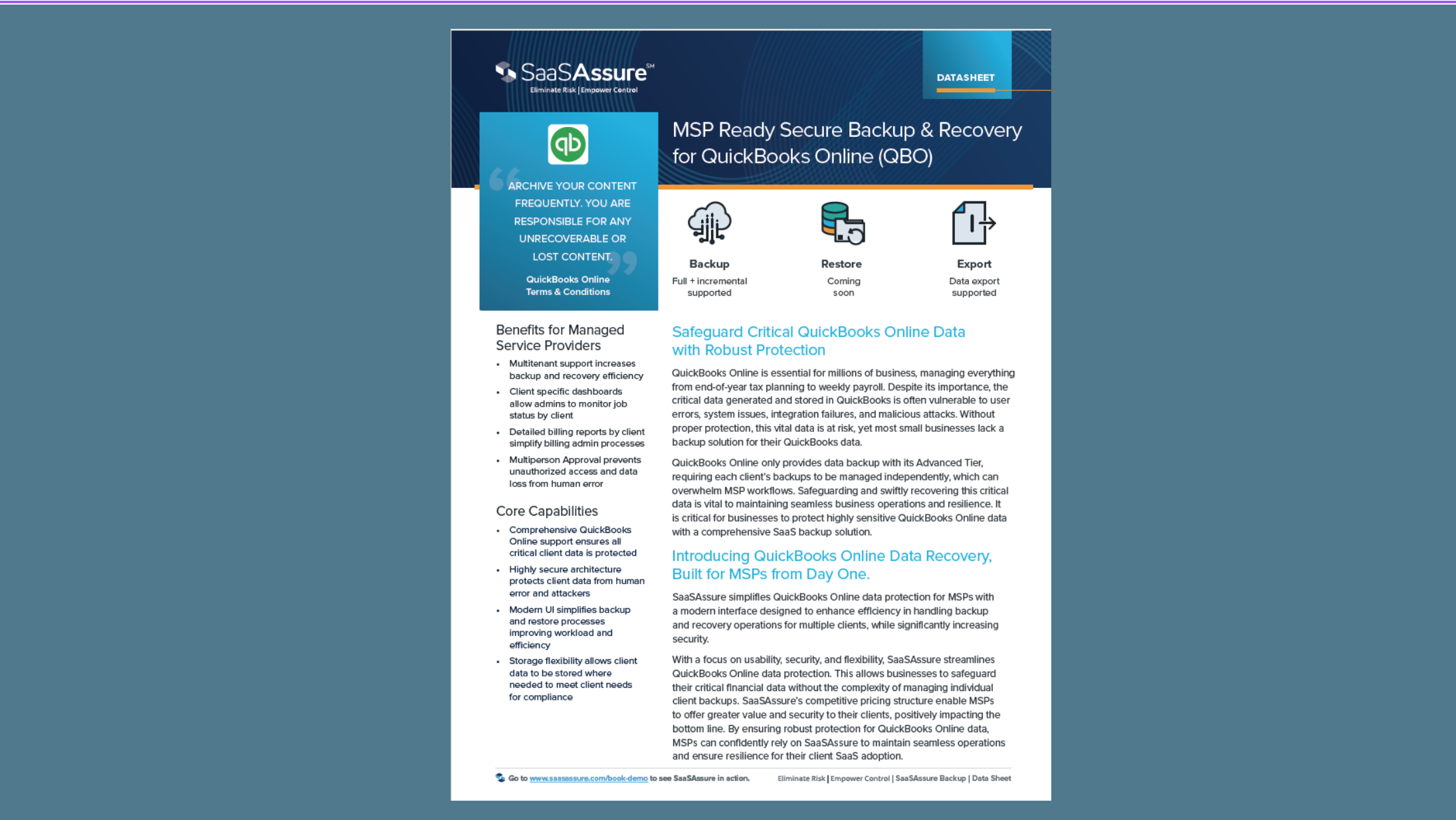Regardless of whether they’re working remotely or at an office, employees need immediate access to network resources. As a result of the introduction of new technologies and well-established remote work solutions, traditional network perimeters are growing—with no end to the expansion in sight.
Although use of the cloud has increased in recent years, many businesses still depend on data centers or on-premise servers for critical workloads. This shows that there is no longer a one-size-fits-all strategy for developing consumption models and putting them into practice. However, legacy systems on the whole can’t match the pace of changing network demands and configurations, necessitating a more flexible approach to security—whether organizations are operating out of the cloud or a combination of the cloud and on premise.
The remedy for these changing security needs is the convergence of networking and security measures. Organizations can increase their IT capabilities without compromising security by incorporating network components into a security platform. And as businesses increasingly take into account this convergence of two keystone solutions into one, managed service provider (MSP) partners can take advantage of this as a chance to improve both their internal infrastructure and the services they provide to customers.
Elements of an Integrated Approach
Let’s look at three key elements involved in creating a security-driven networking framework.
Cybersecurity mesh: Security and networking solutions become more efficient if they work together rather than in a silo. The unified visibility, automated control, and coordinated protection that organizations require can be delivered via a cybersecurity mesh architecture with security-driven networking solutions at the center of it all.
Gartner considers the cybersecurity mesh approach to be one of the top strategic technology trends for 2022. According to the analyst firm, “By 2024, organizations adopting a cybersecurity mesh architecture will reduce the financial impact of security incidents by an average of 90%.”
SD-WAN for hybrid IT deployments: For software-defined wide-area networking (SD-WAN), this kind of mesh is especially vital. SD-WAN helps allow remote sites to connect more easily to networks, data centers, and/or multiple clouds with granular controls, including application availability, dynamic failover, and SLA-based application steering—even in the event of brownouts or blackouts. For MSPs looking to add managed SD-WAN to their portfolio, there’s immense value to offering the SD-WAN management expertise that organizations struggle to retain in-house. By continuing to invest in the latest SD-WAN technologies and growing their knowledge of how SD-WAN solutions integrate with other vendors, especially cloud infrastructure providers, channel partners can add important revenue-generating services that benefit their customers.
Zero-trust network access: To support the shift to work from anywhere, more organizations are turning from VPNs to zero-trust network access (ZTNA) for remote access. Instead of limited perimeter-based network access offered by conventional VPNs, ZTNA provides least-privilege access to an organization’s network and continually verifies who and what is using resources. IoT and endpoint devices are identified and secured, while IT gains full visibility and control over what is trying to connect to the network. By building ZTNA enforcement into the firewall, which is already distributed across the entire network in most organizations, either through appliances or virtual machines, businesses gain significant advantages from an efficiency standpoint. Managed security service providers and MSP partners can take advantage of ZTNA by layering on services as well. Or they can consolidate and simplify their own architecture by combining ZTNA with SD-WAN to provide even more value and cost savings to their customers.
Exploring the Partner Opportunity
Security-driven networking provides an opportunity for partners to expand their own businesses while giving clients higher levels of security. MSPs may show their value by guiding clients through hybrid IT difficulties and assisting them in devising a converged security and networking strategy. One that puts a premium on a hybrid architecture, flexibility, and performance is worth adopting and advising on for a number of reasons.
Customers, even those who are cloud-focused, still need to protect their endpoints, particularly since remote work has become widespread. Channel pros must design their product and service offerings in alignment with this convergence to remain relevant to their customers and offer them the greatest help.
Security-driven networking relies heavily on flexibility. Flexible infrastructures allow businesses to quickly adjust to changes in the IT environment, enabling them to offer innovative services and maintain a competitive advantage. Additionally, security needs to keep up with network speed in this era when clients require rapid and effective solutions. Overall, security-driven networking can give customers the performance they need without creating concerns for the IT team.
The Converged Opportunity Awaits
Today’s networks are growing more sophisticated, with regard to both edges and cloud capabilities. Bad actors are aware of this and have used evolving network ecosystems to look for and take advantage of weaknesses. Legacy security solutions are unable to safeguard critical assets as hybrid IT becomes a reality for more enterprises. Although it is not yet common practice within all organizations, the convergence of networking and security represents substantial potential for partners, allowing them to satisfy the performance and protection needs of their clients.
JON BOVE is the vice president of channel sales at Fortinet, Inc. (FTNT). In this capacity, Bove and his team are responsible for strategizing, promoting, and driving the channel sales strategy for partners in the United States as we seek to help them build successful—and profitable—security practices. A 17-year veteran of the technology industry, Bove has held progressively responsible sales, sales leadership and channel leadership positions. During his time at Fortinet, he has been responsible for establishing Fortinet’s national partner program and aligning Fortinet’s regional partner strategy to allow partners to develop Fortinet security practices with the tools and programs to successfully grow their business.














